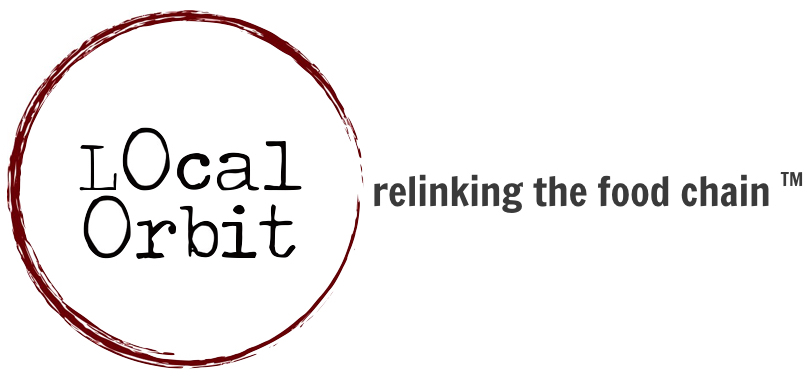Business Model Generation & Budgeting
Know your customers
There are thousands of businesses large and small that buy food every day. As you begin to think through your sales and marketing strategy, it is important to be clear about which customers you are targeting as good fits for your producers and for your business. Who your target customer is may evolve as your business grows.
Who are your customers? Identify potential customers in your region.
Here a few criteria you might use to compare and prioritize prospective customers:
-
Business type: restaurant, grocer, caterer, school cafeteria, workplace cafeteria, hospital, food processor, food distributor
-
Ability to institute seasonal menuing
-
Ease of choosing to buy from local farms vs tied into contracts with big distributors
-
Proximity to you or your distribution point
-
Proximity to other customers (Clustering)
-
Types of foods they would buy (Microgreens for restaurants? Large volumes of milk for school cafeterias? Organic for grocery stores?)
-
Customers’ stated commitment to local/sustainable (Does the customer already have strong relationships with farmers? Is there potential for them to buy more?)
-
Need for pre-processing of veggies (Do you or your farms have that capacity now?)
-
Need for delivery how many times a week (Which days? Workplace cafeterias have different high demand days vs restaurants)
-
Estimated food budget and estimated percentage that could be local
If it’s helpful, you might create a spreadsheet with columns for your chosen criteria and then listing out potential customers row by row.
Map out your annual schedule and consider how seasonality intersects with various clusters of your target customers. How do these customers coincide with your local growing season? For example, most schools and universities scale back operations during the summer. In another example, a restaurant in a tourist area will be busier on weekends in comparison to a restaurant in a downtown office district. Some big city restaurants will also be emptier in the summer months when people take more vacation time.
Here are some additional considerations to keep in mind:
-
Where is your target region?
-
Which cities are a good starting point for deliveries?
-
Which cities are primed for expansion of delivery services?
-
Are there enough customers clustered in your initial targets to fill a truck?
- Can the delivery be accomplished within a day?
